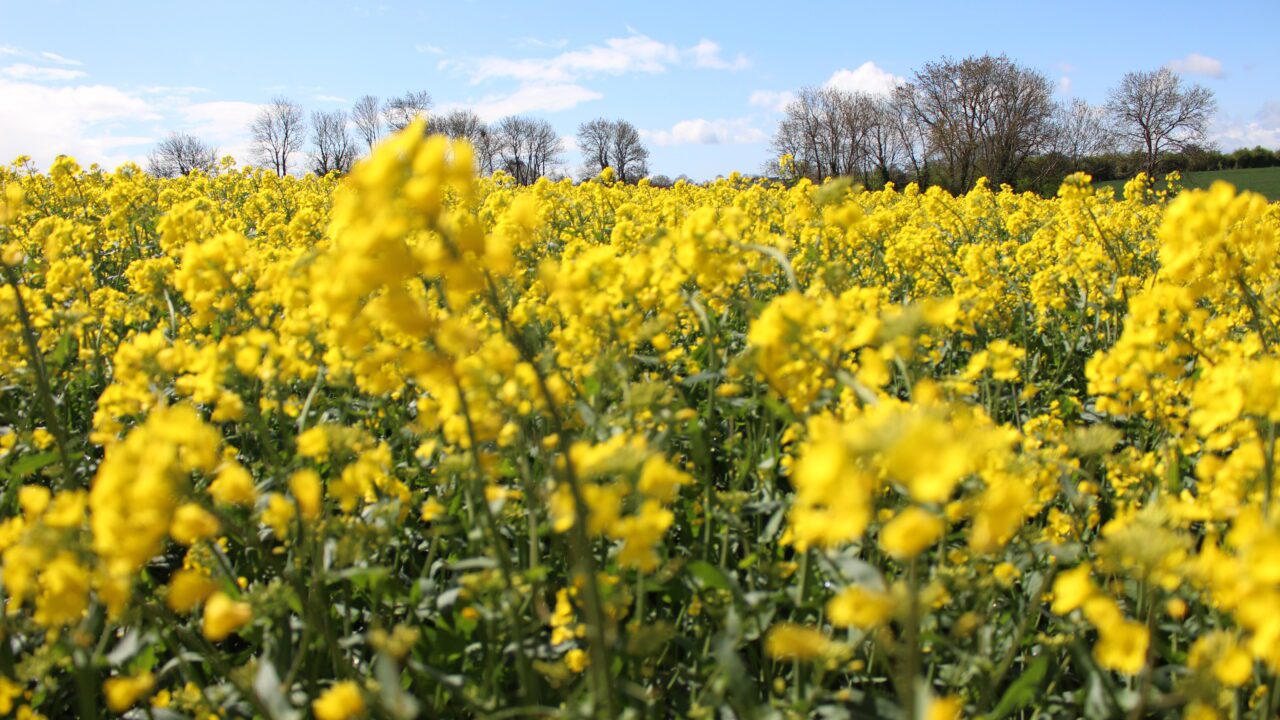The area of oilseed rape (OSR) grown in Ireland this year increased significantly in 2022.
Furthermore, growers have been very happy with the yields they achieved and the prices now available, according to Teagasc.
Although the cost of inputs has increased significantly over the past couple of years, the forward price for 2023 is 60% more than the average available over the past five years.
An average yielding OSR crop will leave a similar margin to that which can be obtained from good crops of winter wheat, or any other cereal in the rotation.
So the option of OSR is worth considering. However, to get the best returns, a number of steps must be taken.
Key week for planting oilseed rape
These were the issues highlighted by Teagasc tillage specialists Michael Hennessy and Shay Phelan, on the most recent edition of the Tillage Edge podcast.
According to Phelan, this week will represent a key OSR planting period for growers across most of the country.
“Crops that were planted during the equivalent period last year did particularly well,” he explained.
“They got up and going quite quickly and had good covers in place over the winter months. The same crops did not tend to overly suffer from pigeon razing, which can be a real threat to rape.”
Where varietal choice is concerned, the tillage specialist highlighted the fact that disease and pod shatter constitute the main yield threat, where the growing of OSR under Irish conditions is concerned.
“Most of the varieties available now tend to be the hybrids. So growers should be looking for varieties with a high resistance to light leaf spot and phoma. A high resistance to pod shatter is also important,” Phelan continued.
“Windy weather after crop desiccation and prior to harvest can lead to high levels of of shatter.”
Phelan also highlighted the availability of OSR varieties that are resistant to sclerotinia. These will be directly applicable in situations where cover crops containing high levels of brassicas had previously been grown.
“Sclerotinia tends to build over time,” he stressed.
According to Phelan the use of Clearfield OSR varieties allows for the use of Cleranda.
This is a contact and residual, post-emergence herbicide for the control of a range of broadleaf and grass weeds in any winter oilseed rape hybrid carrying the Clearfield brand. Cleranda contains imaxamox and metazachlor.
“Clearfield varieties can be sown out in locations where there’s a lot of existing brassica pressure and volunteer rape would be an issue,” said Phelan.
